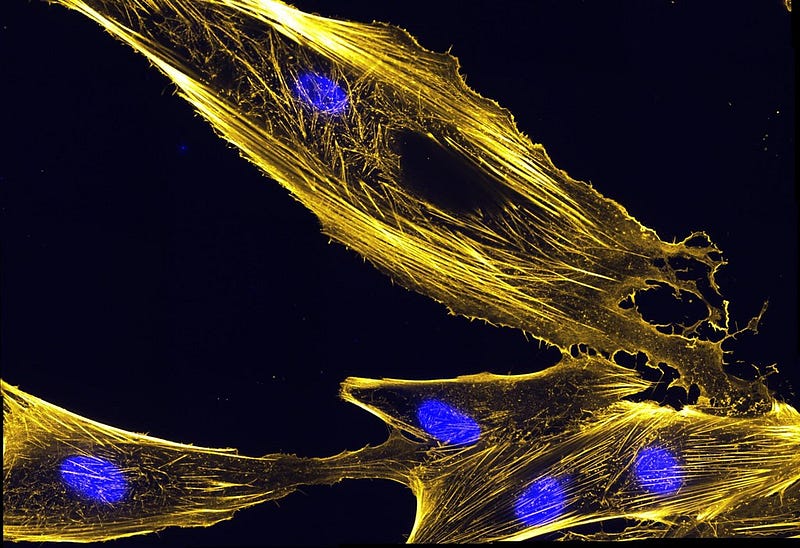The Evolutionary Significance of Asgard Archaea in Complex Life
Written on
Chapter 1: Introduction to Asgard Archaea
The realm of biology was traditionally categorized into two main domains: eukaryotes, which include organisms with nucleated cells like humans and plants, and prokaryotes. However, in 1977, biologists Carl Woese and George Fox introduced a groundbreaking third domain based on ribosomal RNA, distinguishing archaea from bacteria.
This classification—comprising eukaryotes, bacteria, and archaea—has persisted. Initially, archaea were identified in extreme environments such as hot springs, salt flats, and deep-sea hydrothermal vents. Today, we understand that they exist in diverse environments, including soil, water, and even within our own microbiomes.
Section 1.1: The Asgard Archaea and Their Significance
The Asgard archaea, identified approximately five years ago, are recognized as the closest known relatives of eukaryotes. Their genomes harbor numerous eukaryotic signature proteins (ESPs), which are thought to be integral to the development of complex cellular structures, including the cytoskeleton.

Subsection 1.1.1: Role of Eukaryotic Signature Proteins
Recent research has successfully cultivated a specific type of Asgard archaea known as Candidatus Lokiarchaeum ossiferum, which is enriched in ESPs. This microorganism thrives in low-oxygen environments at a temperature of around 20°C, dividing every 7 to 14 days and achieving cell densities as high as five million cells per milliliter.
In addition, this strain possesses a notably larger genome than the previously cultivated Asgard strain, with ESPs constituting 5% of its protein-coding genes, including four actin homologues vital for structural support in eukaryotic cells.
Section 1.2: Observations from Cryo-Electron Tomography
Utilizing cryo-electron tomography, researchers achieved high-resolution visuals of individual cells. They discovered that the archaeal cells exhibited coccoid (spherical) shapes, adorned with a network of branched protrusions. These cells possessed a single membrane and intricate surface features.
The most significant discovery was the identification of a long-range cytoskeleton within their cell bodies, formed by twisted double-stranded filaments akin to F-actin, a protein crucial for the eukaryotic cytoskeleton.
Chapter 2: Implications for Eukaryotic Evolution
The findings suggest that a sophisticated actin-based cytoskeleton may have existed prior to the advent of the first eukaryotes, serving as a fundamental element in the evolution of the Asgard phylum by supporting complex cellular architectures.
The first video titled "Strange Asgard Bacteria Viruses Helped Complex Life Evolve on Earth" delves into the fascinating relationship between Asgard archaea and the emergence of complex life forms, emphasizing the unexpected roles these microorganisms play in our understanding of evolution.
The second video, "The Discovery of the Asgard Archaea Changed the Story of the Emergence of the Eukaryotes," explores how recent findings about Asgard archaea have reshaped our understanding of eukaryotic origins and the evolutionary narrative.
In conclusion, the research on Asgard archaea not only enhances our comprehension of cellular structures but also provides critical insights into the evolutionary history of eukaryotes, suggesting that our ancient ancestors may have been shaped in the Asgard lineage.